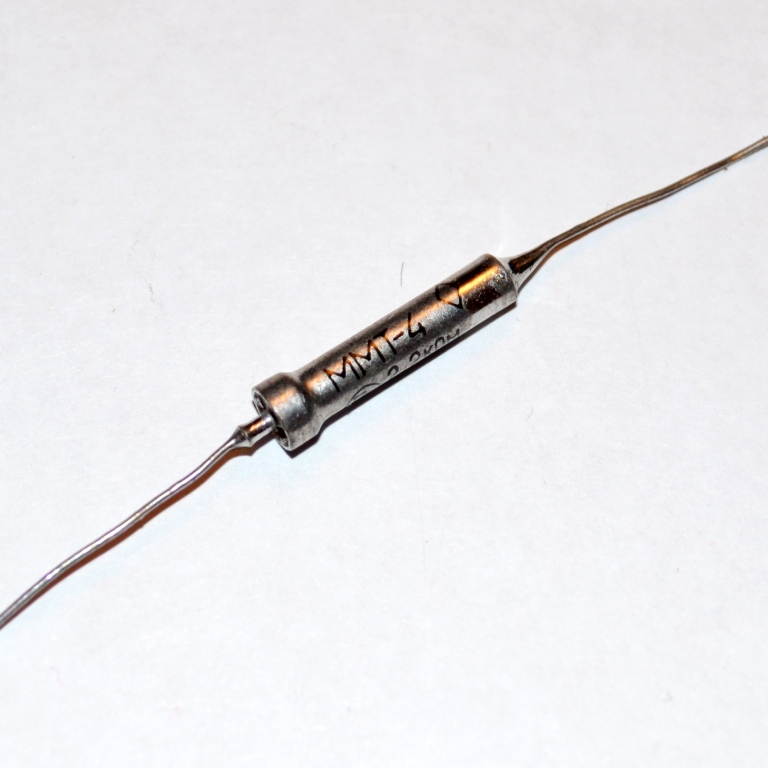Thermistor
Direct heating thermistor with negative TCS MMT-4 is designed for operation in DC, pulsating and alternating current circuits with a frequency of up to 400 Hz, for measuring and regulating temperature, as well as for temperature compensation of electrical circuit elements with positive temperature resistance coefficients.
A thermistor is a resistance converter. Their principle of operation is based on the fact that all conductors and semiconductors have a Temperature Coefficient of Resistance abbreviated TCS. Temperature sensors can have positive TCS or negative. With positive TCS, the electrical resistance of the sensor increases with increasing temperature, with negative TCS, the resistance of the sensor decreases with increasing temperature.
The industry produces a fairly large variety of thermistors, but devices such as KMT (based on manganese and cobalt oxides) and MMT (manganese and copper oxides) have become widespread. The thermistor conversion function is quite linear in the temperature range from -100 to +200 °C, and the reliability of semiconductor thermistors is very high, the characteristics are stable for a long time.
The disadvantage is that in mass production it is not possible to reproduce the necessary characteristics with sufficient accuracy. All instances differ significantly from each other. The spread of parameters leads to the fact that when replacing the thermistor, it is necessary to adjust the equipment again. Thermistors are most often included in the bridge circuit, where the balancing of one arm of the bridge is performed using a tuning resistance. When the resistance of the thermistor changes due to the influence of temperature, a potential difference occurs on the bridge arms, which is fed to the signal amplifier and then to the control circuit.











